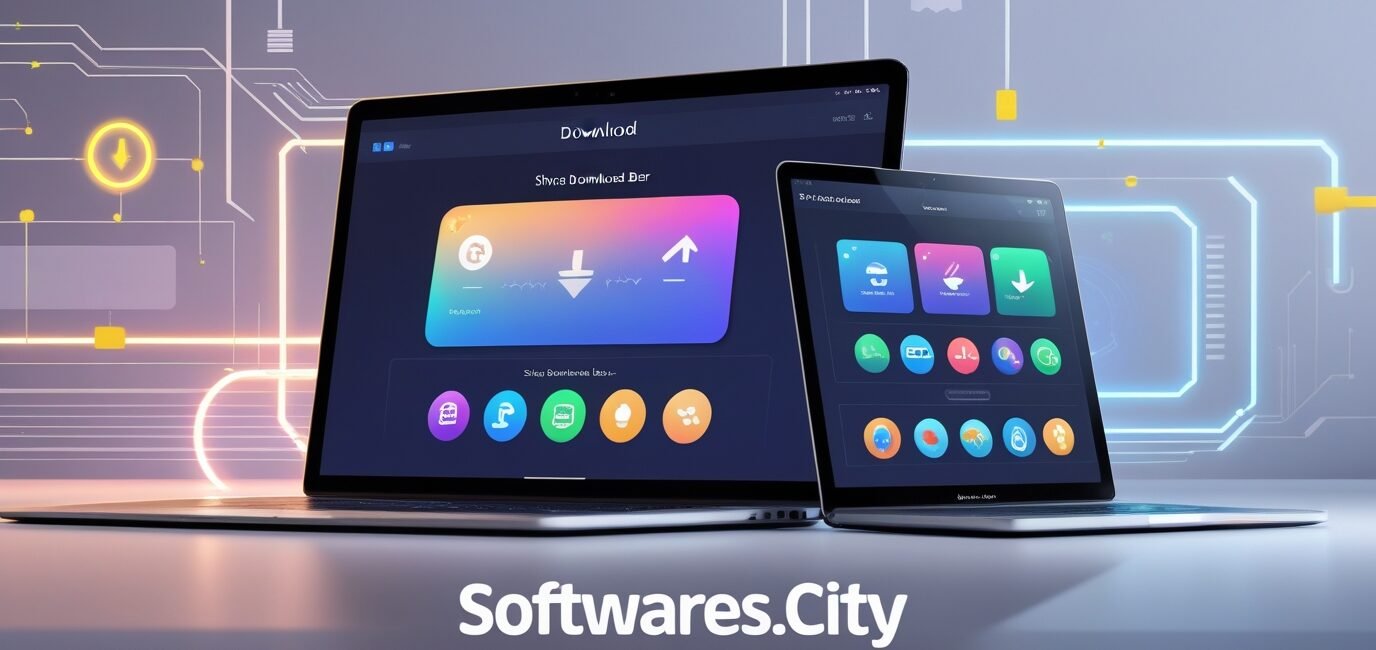
A Methodical Approach to Digital Trust
In the vast digital landscape, free software offers incredible utility, from creative tools to essential utilities. However, this convenience is shadowed by significant risks, including malware, spyware, and adware that can compromise your personal information and system integrity. The process of verifying the safety of a free download is not a single step but a multi-layered strategy. It requires vigilance, a healthy dose of skepticism, and knowledge of where to look for trustworthy signals. This guide provides a comprehensive framework to help you navigate these waters, ensuring that the software you bring into your system is a tool, not a threat. Cultivating these habits is fundamental to maintaining a secure and efficient computing environment.
Scrutinizing the Official Source
The first and most crucial line of defense is the download source itself. Always prioritize the official developer’s website. Be exceptionally wary of third-party download portals, often called “softpedia” or “download cnet,” as these frequently bundle the desired software with additional, unwanted programs known as Potentially Unwanted Programs (PUPs). To find the official site, search for the software’s name directly and look for a URL that clearly matches the product and company. Avoid links that are labeled as “ad” in search results. Once on the site, check for signs of professionalism: a legitimate contact page, a privacy policy, and support documentation. A poorly designed website with numerous aggressive ads is a significant red flag indicating an untrustworthy source.
The Power of Community and Critical Reviews
Before clicking the download link, invest time in researching the software’s reputation. User reviews and forum discussions are invaluable resources. Look for feedback on established tech forums, subreddits dedicated to the software’s category, and reputable review websites. Pay close attention to recurring complaints. Do multiple users report unexpected crashes, increased system sluggishness, or a sudden barrage of pop-up ads? A complete absence of negative reviews can be as suspicious as an overwhelming number of them, as it may indicate fabricated testimonials. Authentic feedback will include a mix of experiences, providing a balanced view of the software’s performance and, more importantly, its safety.
Decoding the Digital Signature
A critical technical step in the safe software download process involves checking the developer’s digital signature. This cryptographic feature verifies that the program you are about to install is authentic and has not been tampered with by a third party after it left the developer. After downloading the installer (but before running it), you can check its properties. On Windows, right-click the executable file, select “Properties,” and look for a “Digital Signatures” tab. A valid signature from a verified publisher is a strong positive indicator. If this tab is missing or the signature is listed as “Unknown Publisher,” you should treat the download with extreme caution, as its origin cannot be reliably confirmed.
Harnessing Security Tools for Pre-Installation Scanning
Your antivirus and security suite are not just for post-infection cleanup; they are essential pre-emptive tools. Most modern security software allows you to manually scan a downloaded file before execution. Right-click the installer file and look for an option like “Scan with [Your Antivirus Program].” This allows the antivirus engine to analyze the file’s contents against a massive database of known threats, detecting malware that might be disguised as legitimate software. For an added layer of security, consider using a service like VirusTotal, which scans the file with dozens of different antivirus engines simultaneously, providing a comprehensive safety report that can catch what a single program might miss.
Vigilance During the Installation Process
The installation wizard itself is a common stage where users inadvertently introduce unwanted software. Many free applications use “custom” or “advanced” installation settings to hide offers for additional toolbars, browser extensions, or other programs. Always select these detailed installation options instead of blindly clicking “Next.” Read every screen carefully, looking for pre-checked boxes that grant permission to install additional software or change your browser homepage and default search engine. By unchecking these boxes, you can install only the software you intended. This step requires patience but is one of the most effective ways to maintain a clean system.
Maintaining Ongoing Vigilance
Verifying software safety does not end once the program is installed. Continue to monitor your system’s performance. Is the new software causing unusual network activity, as reported by your firewall? Has your computer’s startup time slowed significantly? Use your system’s task manager to check for unfamiliar processes running in the background. Furthermore, ensure both your new software and your operating system are set to receive automatic updates. Developers regularly release patches to fix security vulnerabilities. An outdated piece of software, even one that was initially safe, can become a liability over time. Staying updated is the final, ongoing commitment to a secure digital experience.

